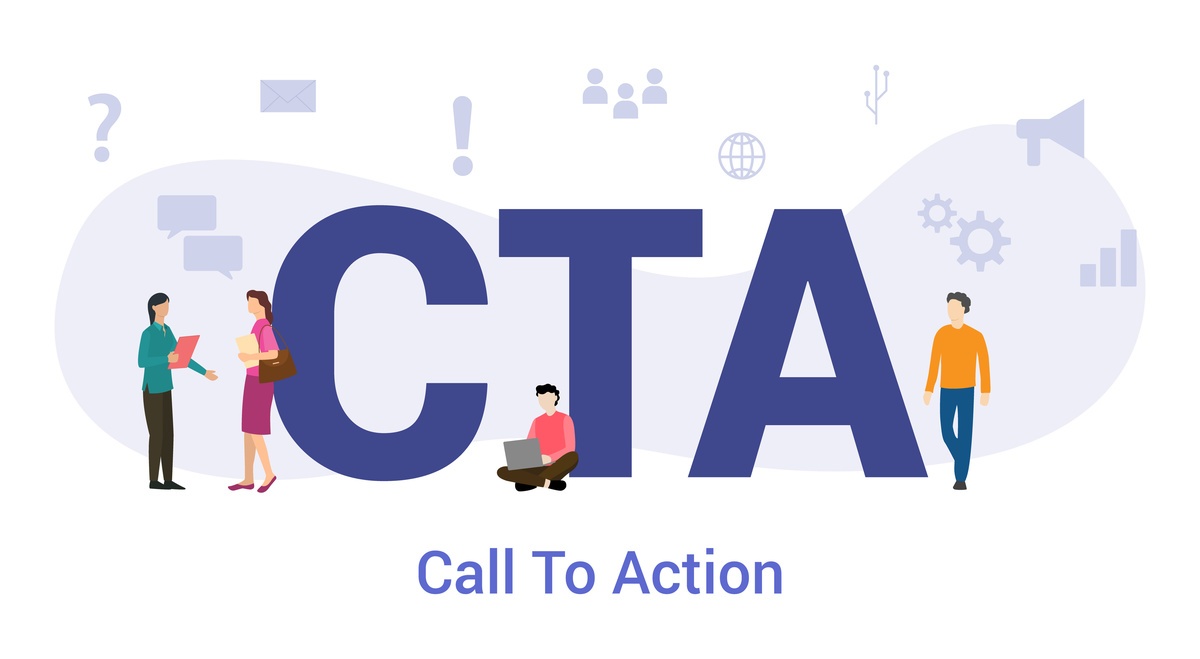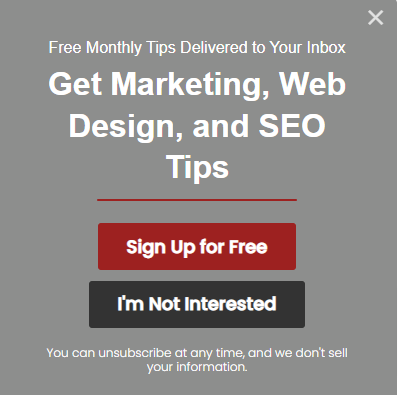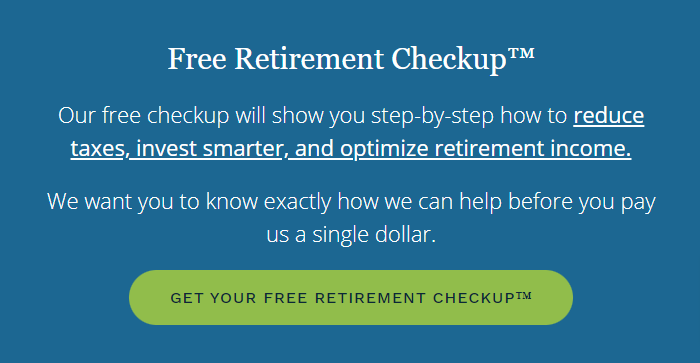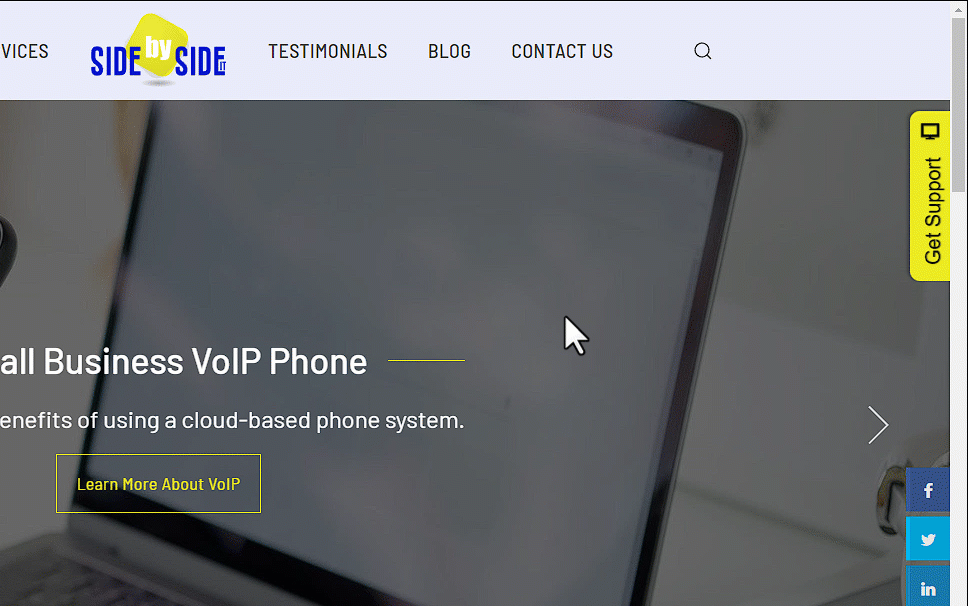10 Types of Calls-To-Action (CTAs) to Use on Your Website to Increase Your Revenue
In a recent blog post, we outlined a few best practices for writing irresistible calls-to-action (CTAs). In this post, we cover several different types of CTAs that can be included in your content to serve different website visitors and their unique goals.
Keep in mind that all calls-to-action have varying levels of commitment required from the visitor. Depending on your content and a bit of consumer behavior analysis, you will have to carefully consider which call-to-action (or multiple) is most appropriate for your specific page or piece of content.
Check out these ten types of CTAs to include on your website to bring your audience into your marketing funnel.

1. Learn or Read More
A read or learn more button or text link increases engagement on your website since web visitors can click and access more in-depth, relevant content. This can entice your audience to click on further blog posts, product or service pages, and more. This CTA is commonly used on home pages and select landing pages where customers are just beginning their journey.
This is the lowest commitment level call-to-action as it does not require the user to give up any private information. Similarly, it also yields your company the least amount of immediate benefit since no information is gathered from your visitor.
2. Access Unique Resources or Download a Whitepaper
You can provide gated content that requires the visitor to give up select information like their name and email address. However, you must ensure that the gated content entices the user enough to provide their contact information in exchange.
Gated content can be great way to gather visitor information by offering something fantastic like access to a cheat sheet or spreadsheet that saves them time, an interactive task-specific calculator, or exclusive industry insights from an authoritative expert.
3. Newsletter Subscription
 Sometimes your visitors may not be ready to make a purchasing decision; however, they may still value your expertise and insights. As a result, a newsletter subscription CTA is an excellent way to entice your website visitors to sign up to receive ongoing information without the formal commitment of a monetary relationship. Be sure to include one or two lines explaining why they should subscribe, including what benefits they’ll receive upon subscribing. Ensure your newsletter CTA is easy to locate on your website, e.g., on relevant landing pages, sidebars, or within blog posts. The sign-up process ought to be simple and fast.
Sometimes your visitors may not be ready to make a purchasing decision; however, they may still value your expertise and insights. As a result, a newsletter subscription CTA is an excellent way to entice your website visitors to sign up to receive ongoing information without the formal commitment of a monetary relationship. Be sure to include one or two lines explaining why they should subscribe, including what benefits they’ll receive upon subscribing. Ensure your newsletter CTA is easy to locate on your website, e.g., on relevant landing pages, sidebars, or within blog posts. The sign-up process ought to be simple and fast.
Newsletter sign-ups are a great method to stay in contact with your visitor with a future hope of converting them to a paid customer.
4. Social Sharing
A social sharing CTA encourages users to share your content with their friends and other interested parties on their preferred social media platform. Social sharing CTAs can be used at the end of your blog posts or other intriguing content to allow your web visitors to easily share content with others, increasing your reach and brand awareness. Note that the visitor must truly be impressed with your content and find it highly shareable to “vouch” for that content by sharing it on their personal social media platforms.
5. Contact Forms and Phone Numbers
To earn more leads and make initial contact with your visitors, include a contact form CTA on your landing pages to entice your website visitors to ask additional questions or express interest by submitting their contact details. Note that this contact form can be customized based upon its neighboring content. Your contact form CTA should give your audience tangible reasons to submit their details and let them know what they should expect in return (e.g. a response within 24 hours, a free review of their materials, etc.).
When you prefer customers contact you via phone, ensure that your phone number is present and clearly visible on all pages. The phone number should be linked in the website’s HTML with the country code (in the format tel:+1-816-912-0999) which allows users to click-to-call from mobile devices.
6. Lead Generation
 The primary purpose of a lead generation CTA is to generate leads from your website. This CTA aims to turn recurring website visitors and first-time readers into potential customers. For best results, it is essential to place lead generation CTAs in a clear spot on your website where you expect to receive a high number of new visitors. This could be at the end of a high-traffic blog post, within the sidebar, on floating banners, or within popular landing pages.
The primary purpose of a lead generation CTA is to generate leads from your website. This CTA aims to turn recurring website visitors and first-time readers into potential customers. For best results, it is essential to place lead generation CTAs in a clear spot on your website where you expect to receive a high number of new visitors. This could be at the end of a high-traffic blog post, within the sidebar, on floating banners, or within popular landing pages.
The details you collect should include enough information for you to have an educated follow-up conversation with the lead, while balancing not collecting too much information that may scare of the visitor from completing the form.
7. Event or Webinar Registration
Create awareness for your upcoming event or webinar through a registration CTA. Registration CTAs help to encourage sign-ups and build brand awareness. You can include this CTA on your landing pages, social media pages, or within blog posts related to the event topic. Give a glimpse into what the event will entail, showcase past attendee testimonials, and ultimately communicate the benefits the visitor will receive by attending.
8. Purchase CTA
A purchase call-to-action is sales-focused and leads your website visitors to purchase your products or services. This is by far the highest commitment call-to-action, which means your content needs to be truly convincing.
Try creating a tasteful sense of urgency when writing purchase CTAs to show the impact and the benefits of your product or service. Urgency can be created by showcasing a timely exclusive offer or stock remaining. Benefits can be showcased via an emotional appeal using customer reviews or relatable problems your product/service solves.
9. Support Requests and Customer Service
You must take care of your current customers too! Make sure your website and online presence is also built with customer service in mind. Make it easy for your current customers to get support promptly and with as few steps as possible.

10. Upgrade or Cross-Sell
A lot of people forget that it is far easier to sell to your current customers vs. selling to a new audience. Look for opportunities to incorporate calls-to-action within your current client communications that allow them to upgrade their existing service or cross-sell other beneficial products. Examples of upgrade (AKA up-sells) and cross-sells include:
- Promoting a new service in your email signature
- Featuring upgrade buttons on your clients’ dashboards that include available options
- Including a highlighted service/product section in your monthly newsletter
Measure Your CTA Success
Since there are so many different types of calls-to-action, it’s very important that you use the right one in the right place. No matter how much planning and research you do, actual visitor behavior may tell a different story.
Consider using a conversion rate optimization (CRO) and A/B testing tool to measure your CTA’s success or failure rates. You can use a CRO tool to measure how many people complete your desired CTA and where they might fall off. Additionally, you can use A/B testing to run experiments trying out different CTAs and see which one resonates the best with your audience.
Our favorite (and actually affordable!) CRO tool is called Zoho PageSense. Packages start at $16/month, and you can get a free trial on their website.
Don’t forget to make sure your calls-to-action are error free when it comes to spelling and grammar! If you come off as unprofessional with your content, why would someone trust your product or service? Save yourself some time by using a writing assistant (spelling, grammar, tone, etc.) like Grammarly.
Generate Quality Leads and Sales with Solid CTAs
It is important to be strategic and purposeful when creating CTAs. A well-crafted, irresistible CTA can add tremendous value to your business. To learn more about how to create valuable CTAs, or for more small business marketing tips, subscribe to our newsletter!
At no additional cost to you, we may receive a commission if you click on some of the links on this website and make a purchase.
About the author
Ben Seidel is the CEO and Founder of Igniting Business. Ben has been serving hundreds of small businesses with web design and SEO services for over 15 years and covering digital marketing related topics since 2012.
Over the years, Ben has been recognized on a local and national level, including entrepreneurship awards from both the NFIB and NASE and being featured in publications such as CNBC Universal, Yahoo News, Intuit Small Business, CIO.com, Mizzou Magazine, and Fox Business.